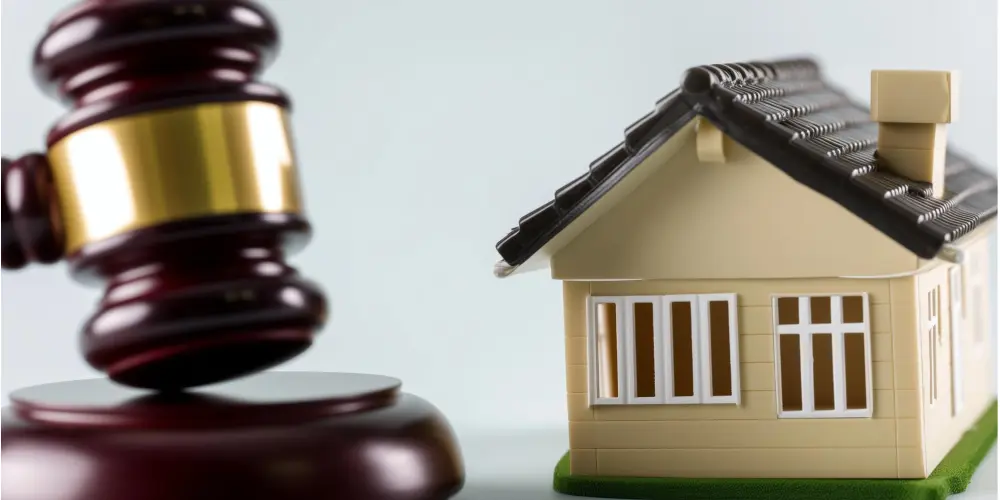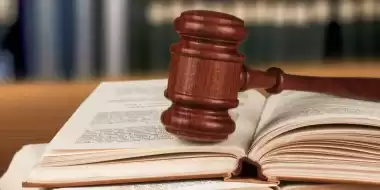

Understanding Copyright Law: Protection for Original Works of Authorship
22/04/2024 Richard P. 1056
Copyright law is a critical aspect of intellectual property law, providing creators with the exclusive rights to their original works of authorship. This protection is designed to encourage the creation and dissemination of creative works, fostering cultural and intellectual growth. In this blog, we will explore the definition and purpose of copyright, the types of works protected by copyright, the duration of copyright protection, and the remedies available for copyright infringement.
Definition of Copyright and Its Purpose
Copyright is a legal right granted to the creators of original works of authorship, giving them exclusive rights to use and distribute their creations. This right is automatically conferred upon the creation of the work, provided it meets certain criteria. The primary purpose of copyright is to incentivize the creation of new works by ensuring that creators can control and benefit financially from their work.
Key Aspects of Copyright
-
Exclusive Rights: Copyright gives creators a bundle of exclusive rights, including the right to reproduce, distribute, perform, display, and create derivative works based on the original work.
-
Originality: To be eligible for copyright protection, a work must be original, meaning it must be independently created by the author and possess some degree of creativity.
-
Fixed Medium: The work must be fixed in a tangible medium of expression, such as a book, canvas, digital file, or recording. This requirement ensures that the work can be perceived, reproduced, or communicated for more than a transitory period.
The overarching goal of copyright is to strike a balance between the interests of creators and the public. By granting creators exclusive rights, copyright law encourages the production of new works, while eventually allowing these works to enter the public domain, where they can be freely accessed and used by everyone.
Types of Works Protected by Copyright
Copyright protection extends to a wide variety of original works of authorship. The categories of works that can be protected include:
Literary Works
This category encompasses written works, such as books, articles, essays, poems, and computer programs. Copyright protection for literary works covers the expression of ideas in written form, not the underlying ideas themselves.
Musical Works
Musical works, including both the musical composition and the accompanying lyrics, are protected by copyright. This category covers sheet music, recorded performances, and digital music files.
Dramatic Works
Dramatic works include plays, screenplays, and scripts for radio and television broadcasts. These works are protected both in their written form and in any performances or recordings.
Choreographic Works
Choreographic works and pantomimes are protected by copyright when they are fixed in a tangible medium, such as through written notation or video recording.
Pictorial, Graphic, and Sculptural Works
This category includes visual arts, such as paintings, drawings, sculptures, photographs, and other two- or three-dimensional artworks. Copyright protection for these works extends to their specific expression, not the subject matter depicted.
Motion Pictures and Other Audiovisual Works
Motion pictures, television shows, video games, and other audiovisual works are protected by copyright. This protection covers both the visual and auditory components of the work.
Sound Recordings
Sound recordings, which capture a series of musical, spoken, or other sounds, are protected by copyright. This category includes recorded music, podcasts, audiobooks, and other audio content.
Architectural Works
Architectural works, including building designs and blueprints, are protected by copyright. This protection covers the unique, original design elements of a structure, not its functional aspects.
Duration of Copyright Protection
The duration of copyright protection varies depending on several factors, including the type of work and when it was created. The general rule for works created after January 1, 1978, is as follows:
Individual Authors
For works created by individual authors, copyright protection lasts for the life of the author plus 70 years. After this period, the work enters the public domain, where it can be freely used by anyone.
Joint Authors
For works created by joint authors, copyright protection lasts for the life of the last surviving author plus 70 years. This ensures that all contributing authors have their work protected for a substantial period.
Works Made for Hire and Anonymous/Pseudonymous Works
For works made for hire (created by an employee within the scope of employment or commissioned works under certain conditions), as well as anonymous and pseudonymous works, copyright protection lasts for 95 years from the date of publication or 120 years from the date of creation, whichever is shorter.
Pre-1978 Works
The duration of copyright protection for works created before January 1, 1978, varies based on several factors, including whether the work was published with a proper copyright notice and whether it was renewed. These works may have different terms of protection, but many are now in the public domain due to the expiration of their copyright terms.
Remedies for Copyright Infringement
When someone violates the exclusive rights granted to a copyright holder, it constitutes copyright infringement. Copyright law provides several remedies for addressing infringement, including:
Injunctions
A court may issue an injunction to stop the infringing activity. This legal order can prevent the infringer from continuing to reproduce, distribute, perform, or display the copyrighted work without authorization.
Monetary Damages
Copyright holders can seek monetary damages for infringement. There are two main types of damages:
-
Actual Damages and Profits: The copyright holder can recover the actual damages suffered as a result of the infringement, as well as any profits the infringer made from the unauthorized use of the work.
-
Statutory Damages: If the copyright holder cannot prove actual damages, they can opt for statutory damages, which range from $750 to $30,000 per work infringed. In cases of willful infringement, statutory damages can be increased to up to $150,000 per work.
Impoundment and Destruction
The court may order the impoundment and destruction of infringing copies and any equipment used to produce them. This remedy helps prevent further infringement and removes unauthorized copies from circulation.
Attorney's Fees and Costs
In some cases, the court may award attorney's fees and costs to the prevailing party. This can help alleviate the financial burden of pursuing a copyright infringement claim.
Criminal Penalties
In cases of willful infringement for commercial advantage or financial gain, criminal penalties may apply. These can include fines and imprisonment, serving as a strong deterrent against deliberate copyright violations.
Copyright law is a vital tool for protecting the rights of creators and encouraging the production of new works. By understanding the definition and purpose of copyright, the types of works protected, the duration of copyright protection, and the remedies for infringement, creators and users of copyrighted works can navigate the legal landscape more effectively. Copyright not only ensures that creators are rewarded for their efforts but also promotes the broader public interest by encouraging the dissemination of knowledge and culture.
Recent Blogs
Building a Diversified Inves ...
26/01/2025 1596
Integrating AI and Machine L ...
24/01/2025 1138
Health Insurance Regulations ...
22/01/2025 2235
Recognizing Signs of Mental ...
20/01/2025 2229
Understanding Employers' Leg ...
18/01/2025 1244
Trending Blogs
Interest Rates: How They Aff ...
20/06/2024 12534
Client Retention: Building S ...
20/06/2024 10600
Introduction to Common Law: ...
21/06/2024 9638
Common Types of Criminal Charges
02/03/2024 8824
Corporate Finance Law: Raisi ...
04/06/2024 8527











